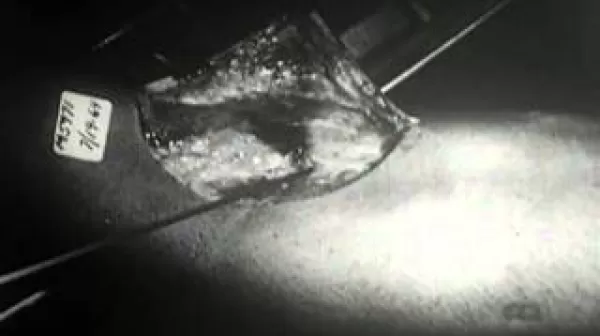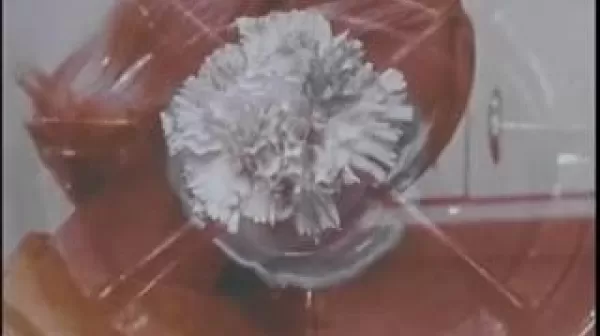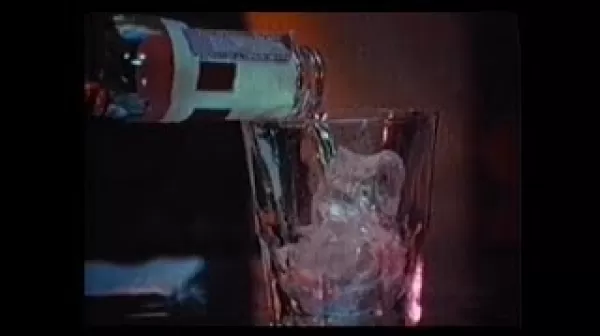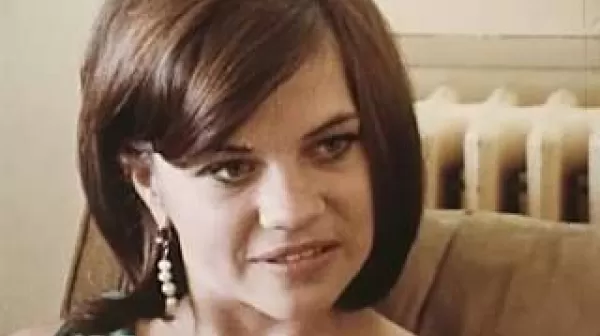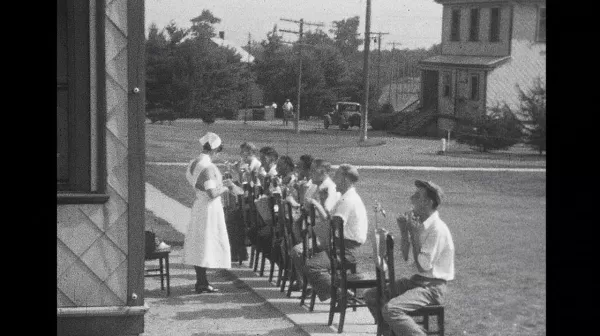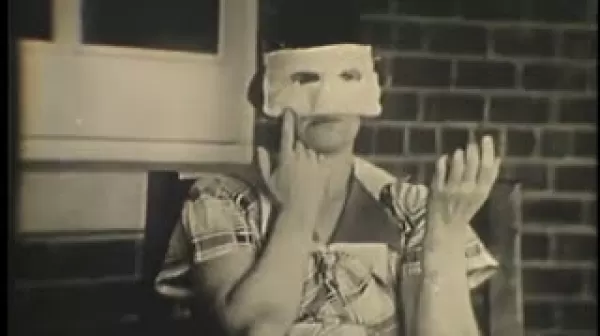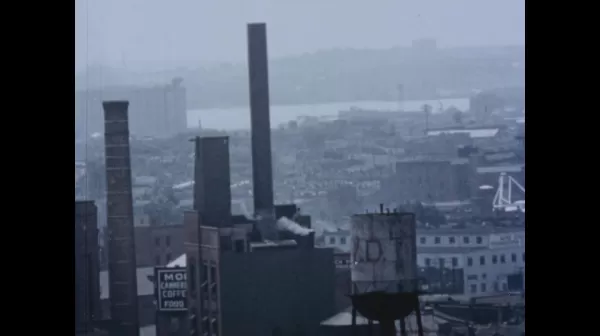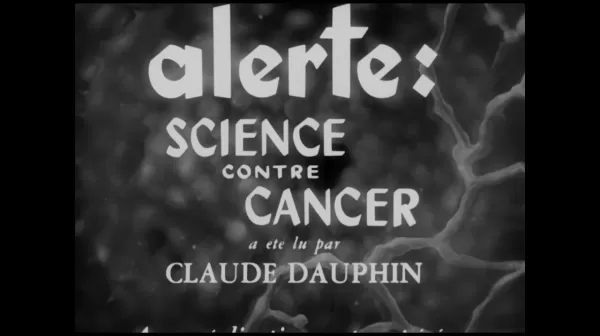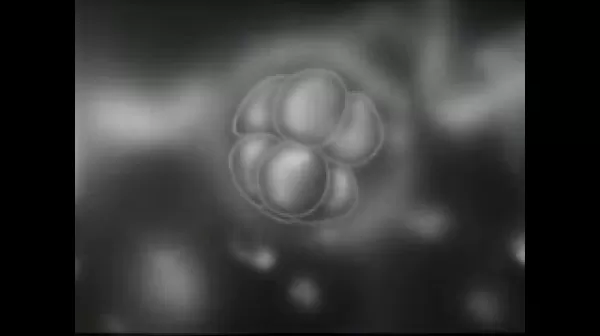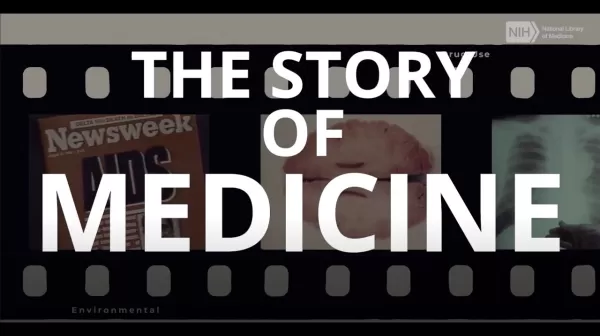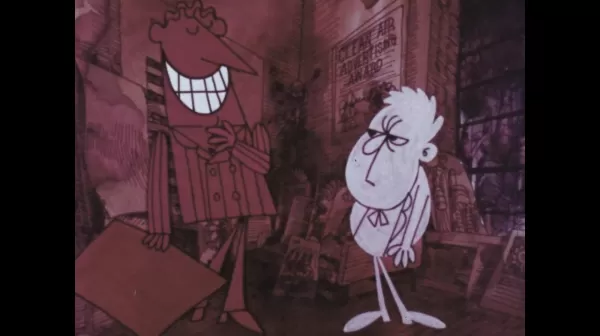Narcotic Deaths, parts 1 and 2 (Emory University and National Medical Audiovisual Center, 1969)
The purpose of this presentation is to discuss the types of narcotic deaths and drugs encountered by Dr. Milton Helpern in his post as Chief Medical Examiner for New York City, and to describe internal and external body changes resulting from narcotism. This objective is achieved with the use of photographs of overdose victims and the equipment found and used by addicts. The importance of noting the circumstances under which the body is found and the condition of the body to aid in establishing the diagnosis of death from narcotism is stressed.

